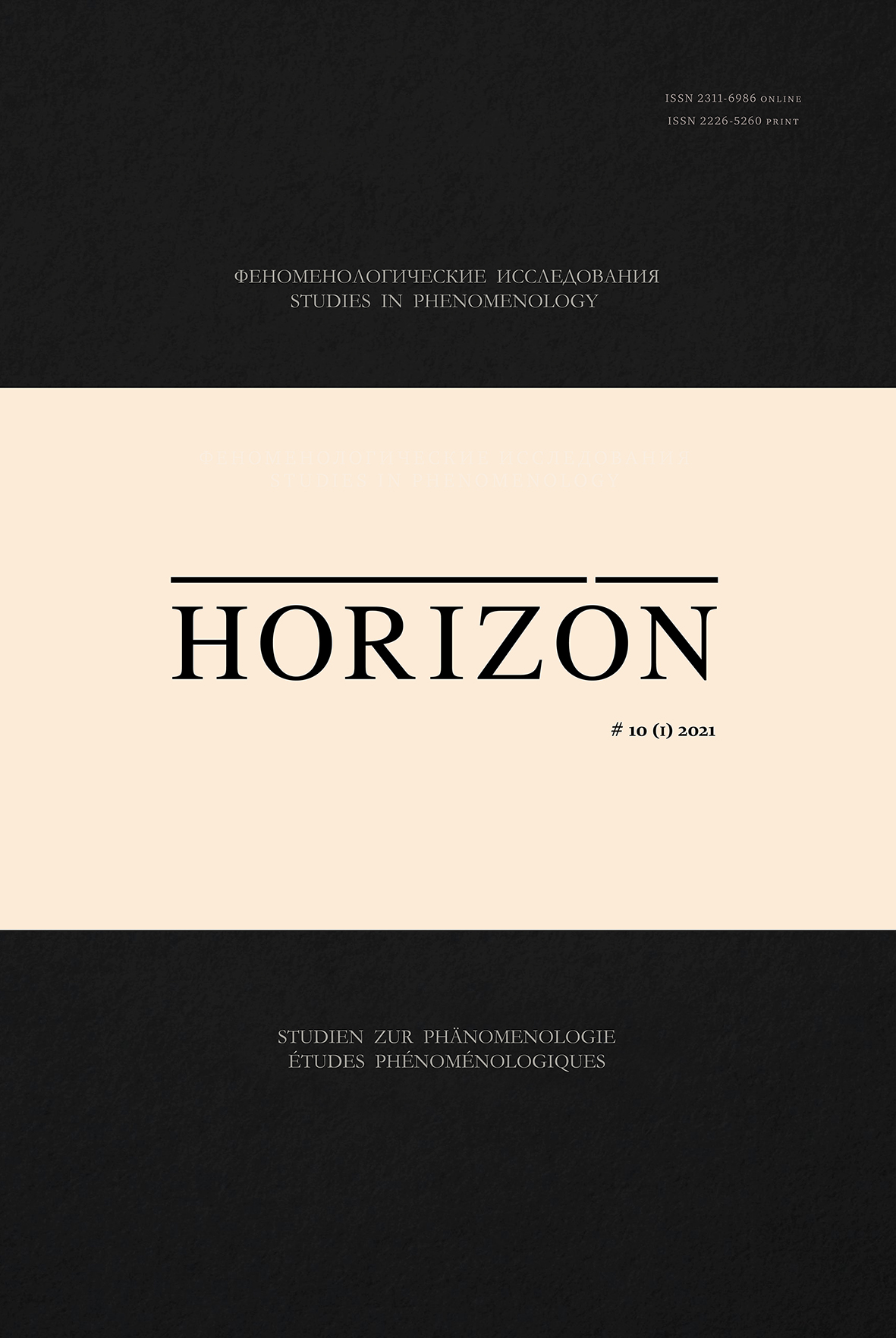Husserl and dimensions of temporality: a framework for the analysis of temporal experience
Husserl and dimensions of temporality: a framework for the analysis of temporal experience
Author(s): Uldis VēgnersSubject(s): Philosophy, Phenomenology
Published by: Издательство Санкт-Петербургского государственного университета
Keywords: phenomenology; Edmund Husserl; time experience; temporality; framework; altered states of consciousness; psychopathology; qualitative research.
Summary/Abstract: Temporality is one of the key components of our experience, but the experience of time is hardly oneand the same for all of us throughout our lives. The experience of time in its entirety is not solid andsimple. It is a fluid and complex phenomenon consisting of a multitude of dimensions. In medicalphenomenology and phenomenological psychopathology there are ample cases of different temporalexperiences analysed in the context of the illness experience. However, only a few attempts have beenmade to propose a conceptual framework that could not only be used to conduct a concrete analysis ina more systematic manner, but also provide a solid and comprehensive theoretical basis. The aim of thisarticle is to draw on the rich distinctions found in Husserl’s phenomenology to outline a framework ofdifferent temporal dimensions for the analysis of temporal experience. The framework could provideconceptual tools to analyse temporal experiences in any field of study that deals with the human experience, including medical phenomenology and phenomenological psychopathology. The resultinganalysis would be not only clearer, more comprehensive and precise, but also more systematic and conceptually consistent. The framework consists of fourteen dimensions of temporal experience orderedin seven binary distinctions: (1) change and structure, (2) immanence and transcendence, (3) ownnessand intersubjectivity, (4) passivity and activity, (5) receptivity and spontaneity, (6) presentation andrepresentation, (7) unthematized temporality and thematized temporality.
Journal: Horizon. Феноменологические исследования
- Issue Year: 10/2021
- Issue No: 1
- Page Range: 186-211
- Page Count: 26
- Language: English
- Content File-PDF

